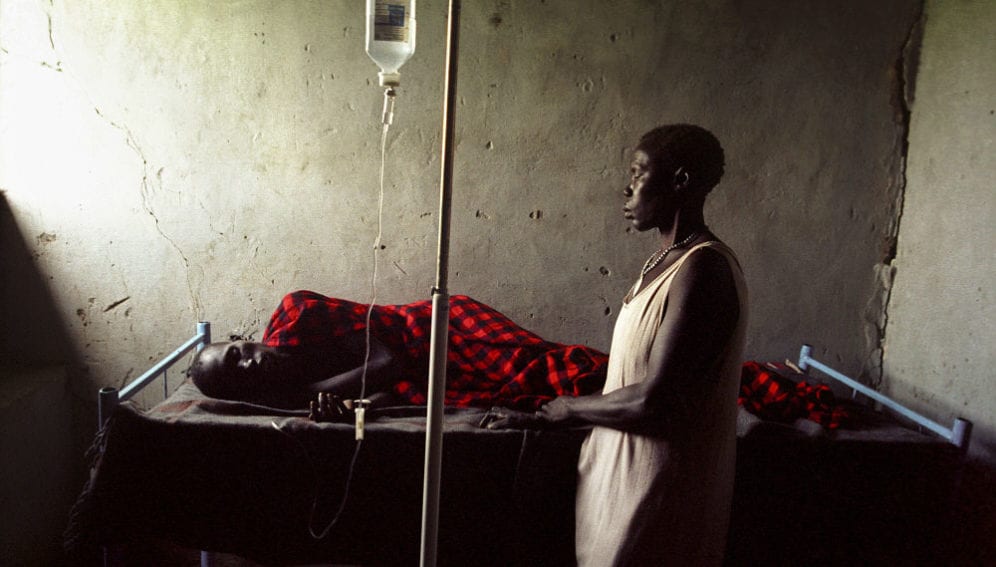Send to a friend
The details you provide on this page will not be used to send unsolicited email, and will not be sold to a 3rd party. See privacy policy.
People with malaria infection have a unique "breath-print" that could be used to develop a new breath test for diagnosing malaria, according to a research.
The findings of the study that was conducted in Malawi, were presented at the 66th Annual Meeting of the American Society of Tropical Medicine and Hygiene held in the United States this month (5-9 November).
According to Chad Schaber, a doctoral student at the Washington University in St. Louis who presented the results of the study, some of the odorants that make up the breath print could act as mosquito attractants.
Schaber and colleagues conducted the study to determine if malaria could be diagnosed through a breath-based test.
“This study represents the first step in developing a non-invasive breath diagnostic for malaria.”
Chad Schaber, Washington University in St. Louis
“Currently, all malaria tests require a blood draw, which a non-invasive breath test would not need,” Schaber says.
Thirty-five children of ages three to 15 years old who visited a paediatric care centre were enrolled, 18 with malaria and 17 without the disease.
The researchers collected breath samples over a two-week period in February 2016, captured the volatile compounds and analysed them.
According to the researchers, the test correctly identified 94 per cent of children without malaria, and accurately identified 71 per cent of the children with malaria.
“This study represents the first step in developing a non-invasive breath diagnostic for malaria,” says Schaber. “Since the risk is greatest for children, we wanted to tailor the test to them and then see if it can be expanded to other age groups rather than vice versa.”
According to a WHO report released in 2016, 212 million new cases of malaria occurred worldwide in 2015, with Africa counting for 90 per cent of the global burden.
Schaber says it will take a few years before commercialisation. “Affordability will depend on how complex of a sensor array is required to detect the breath-print, along with how much computing power is needed to interpret the signal. This will require additional testing,” he explains to SciDev.Net.
Miriam Laufer, associate professor of paediatrics at the University of Maryland, United States, says the study finding shows that malaria infection may have a unique signature detectable in the breath. “It is a very ‘outside the box’ way of thinking and I find it intriguing,” Laufer says.
The possibility that malaria infections create smells or emit compounds that attract mosquitos makes perfect sense.
If we can learn what attracts mosquitoes, she tells SciDev.Net, we may be able to create better traps and we might also be able to figure out a way to repel mosquitoes before they bite.But Laufer adds that there is a need to ensure that other infections do not have similar breath-print, citing easy collection and measurement of the breath compounds as a feature that could also help make the diagnostic successful.
This piece was produced by SciDev.Net’s Sub-Saharan Africa English desk.


